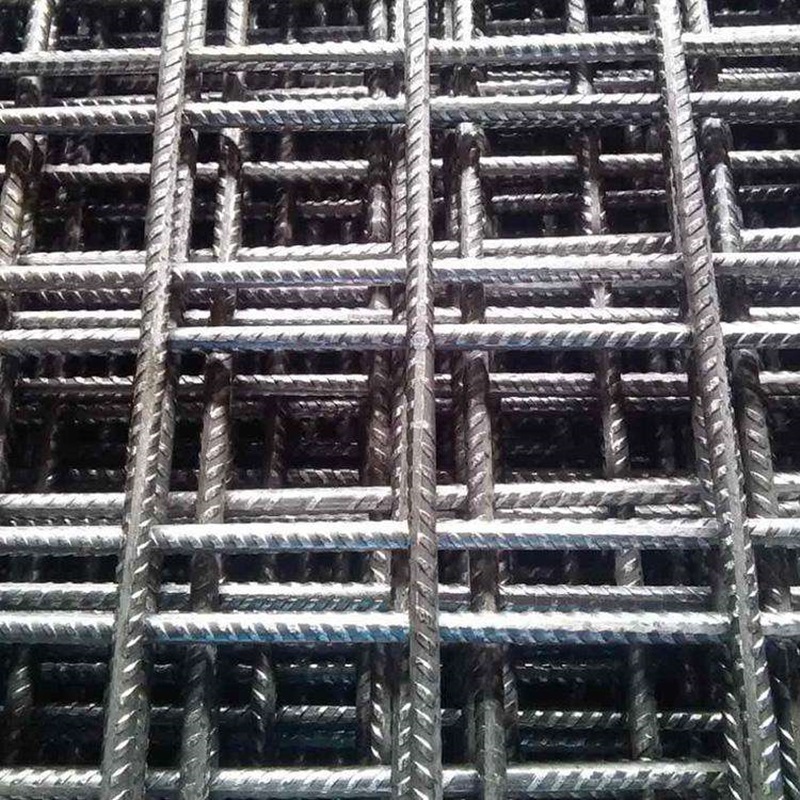Nov . 27, 2024 03:19 Back to list
Hexagonal Wire Mesh Applications and Benefits for Various Industries
The Versatility and Applications of Hexagonal Wire Mesh
Hexagonal wire mesh, sometimes referred to as hex mesh or hexagonal wire netting, has gained significant popularity in various industries due to its unique structure and remarkable versatility. Characterized by a distinctive hexagonal pattern, this type of wire mesh is crafted from high-quality steel wire, often galvanized for added durability and resistance to corrosion. Its applications range from agricultural uses to architectural projects, making it an invaluable material in today's market.
Structure and Composition
The hexagonal wire mesh is woven with wires intertwined in a hexagonal pattern, which gives it both strength and flexibility. The choice of wire material is crucial, as it influences the mesh's strength, longevity, and resistance to environmental factors. Galvanized steel is a common choice, providing an excellent balance of strength and corrosion resistance. Some manufacturers also offer PVC-coated wire mesh, adding an extra layer of protection against the elements while enhancing its aesthetic appeal.
Applications in Agriculture
One of the most prevalent uses of hexagonal wire mesh is in the agricultural sector. Farmers often employ it as fencing to enclose livestock and protect crops from wild animals. Its design allows for visibility while maintaining a sturdy barrier, making it suitable for various farming needs. In addition, it can be used to create trellises for climbing plants, helping improve crop yields by providing necessary support.
Hexagonal wire mesh is also instrumental in erosion control. By stabilizing soil and preventing runoff, farmers and land managers can effectively safeguard their land against erosion, especially on slopes and in areas prone to heavy rainfall.
Construction and Architectural Uses
hexagonal wire mesh

In the construction industry, hexagonal wire mesh serves several critical functions. It is commonly used as reinforcement in concrete applications, helping to improve the structural integrity of buildings and pavements. The mesh can be incorporated into walls, floors, and ceilings, providing the necessary support while minimizing the weight of the overall structure.
Architecturally, hexagonal wire mesh has found its way into design elements such as balustrades, partitions, and decorative facades. Its unique design adds an appealing visual texture to modern buildings while also maintaining functionality. The adaptability of hex mesh allows architects and designers to incorporate it into various styles and frameworks, making it a popular choice in contemporary architecture.
Environmental and Wildlife Protection
Another significant application of hexagonal wire mesh is in environmental conservation projects. It plays a vital role in creating protective barriers for wildlife, helping to prevent roadkill by fencing off critical habitats. Additionally, it is utilized in the construction of wildlife corridors, ensuring safe passage for animals crossing roads and often fragmenting their habitats.
For projects focused on restoring natural habitats, hex mesh can be used to support the growth of vegetation in erosion-prone areas. Its use in constructing gabions—wire mesh baskets filled with rocks—provides a durable solution for stabilizing banks and controlling flooding while promoting ecological restoration.
Conclusion
In conclusion, hexagonal wire mesh is a remarkably versatile material with a wide array of applications across various industries. From agricultural purposes to architectural enhancements and environmental protection, its unique properties make it an asset in many contexts. As demand for durable and sustainable materials continues to grow, the popularity of hexagonal wire mesh is expected to rise, further embedding it into the fabric of modern construction and environmental conservation efforts. Whether for fencing farmland, reinforcing structures, or supporting ecological initiatives, hexagonal wire mesh stands out as a practical and innovative solution for diverse challenges. Its ability to combine functionality with aesthetic appeal ensures that it remains a go-to material for builders, farmers, and designers alike.
-
Durable Hot-Dip Galvanized Farm Field Wire Fence | Farm Security
NewsAug.01,2025
-
Temporary Fencing Solutions-Anping County Xingzhi Metal Wiremesh Products Co.,Ltd
NewsJul.31,2025
-
Hop Dipped Galvanized / PVC Coated Temporary Fence - Anping County Xingzhi Metal Wiremesh Products Co., Ltd.|Durable Temporary Fencing&Cost-Effective Security Solutions
NewsJul.31,2025
-
Hop Dipped Galvanized / PVC Coated Temporary Fence-Anping County Xingzhi Metal Wiremesh Products Co., Ltd|durable temporary fencing&corrosion-resistant solutions
NewsJul.31,2025
-
Temporary Fencing Solutions - Anping County Xingzhi Metal | Galvanized PVC Coated Fences
NewsJul.31,2025
-
358 Anti-Climb Welded Wire Mesh Fence - High Security, Durable
NewsJul.31,2025



